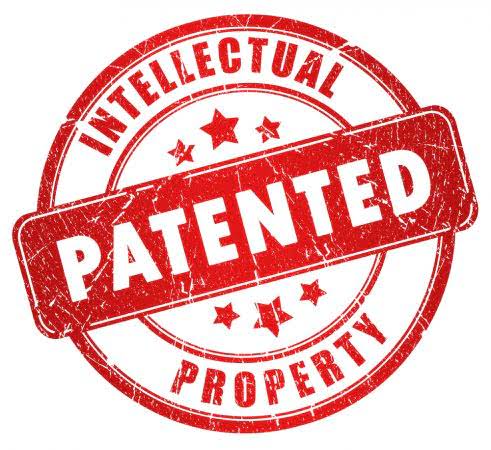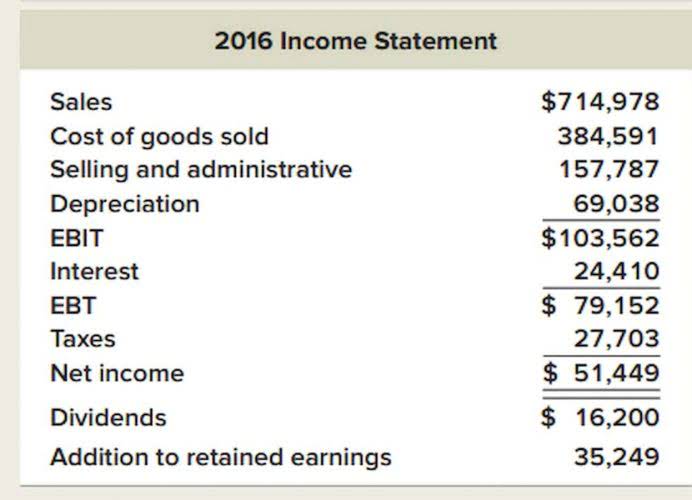
You can account for inventory as non-incidental materials and supplies or use a method that conforms to your financial accounting treatment for inventories. Anthony uses accounting software, so this amount is calculated for him. If he weren’t, he would need to count the number of books left in inventory at month end, and assign a value to them in order to properly calculate his cost of goods sold. They are recorded as different line items in the income statement, but both are subtracted from the revenue or total sales.

One of the primary purposes of tracking COGS is so that you can write it off on your taxes. Each time you incur an expense related to inventory, create a journal entry on your books with the correct expense category. When you pull a profit and loss (P&L) sheet, your COGS will appear on the income statement underneath sales. Calculating and tracking COGS throughout the year can help you determine your net income, expenses, and inventory. And when tax season rolls around, having accurate records of COGS can help you and your accountant file your taxes properly. Determining the cost of goods sold is only one portion of your business’s operations.
Cost of goods sold
To get the value of your inventory at the beginning and end of the year, you may need to do some kind of physical (or electronic) inventory. Check with your tax professional for help on the best way to get an accurate count. Then, the cost to produce its jewellery throughout the year adds to the starting value. These costs could include raw material costs, labour costs, and shipping of jewellery to consumers. To find the COGS, a company must find the value of its inventory at the beginning of the year, which is the value of inventory at the end of the previous year.
- They are recorded as different line items in the income statement, but both are subtracted from the revenue or total sales.
- Check with your tax professional before you make any decisions about cash vs. accrual accounting.
- For partnerships, multiple-member LLCs, corporations, and S corporations, the cost of goods sold is calculated on Form 1125-A.
- By understanding COGS and the methods of determination, you can make informed decisions about your business.
- It is probable that during a given accounting period, your business might purchase inventory at several different prices.
Cost of Goods Sold (COGS) is the direct cost of a product to a distributor, manufacturer, or retailer. Sales revenue minus cost of goods sold is a business’s gross profit. Costs of materials include direct raw materials, as well as supplies and indirect materials. A business that produces or buys goods to sell must keep track of inventories of goods under all accounting and income tax rules. He sells parts for $80 that he bought for $30, and has $70 worth of parts left. If he keeps track of inventory, his profit in 2008 is $50, and his profit in 2009 is $110, or $160 in total.
Cost of goods sold can change frequently
Not only is it necessary for financial reporting, but it can also help to evaluate the overall financial success of your company. The process and form for calculating the cost of goods sold and including it on your business tax return are different for different types of businesses. The COGS calculation process allows you to deduct all the costs of the products you sell, whether you manufacture them or buy and re-sell them. List all costs, including cost of labor, cost of materials and supplies, and other costs.
In addition to production costs, the cost of revenue also includes costs such as marketing, shipping and distribution, commissions, and discounts applied. While similar, the cost of revenue and cost of goods sold are not the same. Cost of revenue consists of the cost of goods sold (or cost of services) plus any additional costs related to the sale.
Cost of Goods Sold vs Operating Expenses
The First In First Out Method, also known as FIFO Method, is a method of inventory valuation that is based on the assumption that the goods are consumed in the sequence in which they are purchased. This ratio also helps the investors in deciding the company stocks in which they must invest for a profitable portfolio. Thus, investors before investing in company stocks research the industry the business operates in and track the COGS to sales ratio in order to know the costs relative to the sales. Therefore, the lesser the ratio, the more efficient is your business in generating revenue at a low cost.
That is to say that the decreasing COGS to Sales ratio indicates that the cost of producing goods and services is decreasing as a percentage of sales. In this case let’s consider that Harbour Manufacturers use a periodic inventory management system and LIFO method to determine the cost of ending inventory. Accordingly, in FIFO method of inventory valuation, goods purchased recently form a part of the closing inventory. Now, in order to better understand the FIFO method, let’s consider the example of Harbour Manufacturers.
Like all other factors used in the above example, it also includes the cost of labor and any other cost that has a direct relation to the production of goods. If you have a small business, you don’t have to keep an inventory or capitalize (depreciate) certain costs, rather than deducting them. To avoid capitalizing, you must comply with IRS requirements for accounting for that inventory.
برچسب ها: